Post-deposition treatments such as laser remelting and sealing are critical in optimizing the performance of ceramic thermal spray coatings, particularly for improving their corrosion resistance and wear resistance. These coatings, often applied by techniques like plasma spraying or high-velocity oxy-fuel (HVOF) spraying, inherently possess some degree of porosity, microcracks, and interlamellar boundaries, which can serve as initiation sites for corrosion and mechanical degradation. Post-deposition treatments address these vulnerabilities and significantly enhance the overall durability of the coating.
1. Laser Remelting
Laser remelting involves scanning a focused, high-power laser beam across the surface of the ceramic coating to induce localized melting followed by rapid solidification. This process alters the microstructure of the coating surface and provides several beneficial effects:
a. Densification of Microstructure:
As-sprayed ceramic coatings typically exhibit lamellar structures with intersplat pores and microcracks that arise from the rapid deposition process. Laser remelting fuses these splats and closes the pores by creating a more continuous, cohesive matrix. The resultant structure is significantly denser, reducing pathways for corrosive species and abrasive particles.
b. Improved Cohesion and Adhesion:
Remelting strengthens both the interlamellar cohesion within the coating and the adhesion at the coating-substrate interface. This is particularly important in preventing delamination under thermal or mechanical stresses in demanding service environments such as aerospace or power generation.
c. Homogenization and Grain Refinement:
The thermal cycle of laser remelting promotes phase homogenization and can refine the grain structure, particularly in ceramic systems with complex phase compositions. This results in more uniform mechanical and chemical properties across the treated surface.
d. Surface Smoothing and Hardening:
Laser remelting can produce a smoother and harder surface by reducing asperities and promoting favorable microstructural transformations. This is beneficial in applications where low surface roughness and high hardness are required, such as sealing interfaces or high-speed rotating components.
e. Reduction of Residual Stresses:
By controlling the thermal gradients during remelting, it is possible to alleviate or redistribute residual stresses within the coating. This contributes to greater mechanical stability and reduces the likelihood of crack propagation under cyclic loading.
2. Sealing Treatments
Sealing is a method used to impregnate the porous structure of the ceramic coating with a secondary material, such as polymers, inorganic oxides, or hybrid organo-silicon compounds. The aim is to block open porosity and microcracks that remain after spraying or remelting.
a. Porosity Reduction and Barrier Formation:
Sealants penetrate into the open porosity and microcracks and, upon curing, form a continuous barrier layer. This barrier prevents the ingress of moisture, oxygen, salts, and other corrosive agents that would otherwise reach the substrate and initiate corrosion.
b. Enhancement of Corrosion Resistance:
In aggressive environments—such as marine, chemical processing, or combustion systems—the sealed coatings are significantly more resistant to chemical attack. The sealant acts as a passivating layer, preventing electrolyte penetration and substrate oxidation.
c. Improved Wear Resistance:
Sealing reduces the risk of abrasive particles lodging within the porous structure, which can otherwise lead to micro-fracture and material removal under mechanical loading. A sealed coating also has greater structural integrity, resulting in improved performance under sliding, impact, or erosion wear.
d. Compatibility and Customization:
Different sealants can be selected based on service conditions. For high-temperature applications, inorganic sealants such as sol-gel derived silica or alumina are preferred due to their thermal stability. For ambient or mildly elevated temperatures, polymer-based sealants provide adequate protection with ease of application and lower cost.
Combined or Sequential Treatments
In many cases, laser remelting and sealing are used in tandem. A common practice involves laser remelting first to densify the structure and reduce the volume of interconnected porosity, followed by sealing to completely fill any remaining micro-defects. This hybrid approach maximizes the barrier properties of the coating while maintaining or even enhancing its mechanical robustness.
Challenges and Considerations
While post-deposition treatments offer significant benefits, they also come with technical challenges that require careful consideration:
-
Thermal Sensitivity: Laser remelting must be precisely controlled to avoid overheating, which can induce thermal stresses or undesired phase changes in temperature-sensitive ceramic compositions.
-
Sealant Penetration Depth: For thick or highly porous coatings, achieving complete and uniform sealant penetration can be difficult. Multiple sealing cycles or vacuum-assisted methods may be needed.
-
Adhesion of Sealants: The compatibility between the ceramic matrix and the sealant determines the long-term stability of the treatment. Improper adhesion or thermal mismatch can lead to delamination or cracking of the sealant layer during service.
-
Application-Specific Requirements: The choice and sequence of treatments should be tailored to the operating environment, including temperature, pressure, chemical exposure, and mechanical loading. For example, turbine blades require thermal stability, while chemical reactors prioritize chemical inertness.
Conclusion
Post-deposition treatments like laser remelting and sealing are indispensable in enhancing the corrosion and wear resistance of ceramic thermal spray coatings. They address fundamental limitations of the spraying process—namely porosity, microcracking, and weak interfaces—and extend the service life of components operating in harsh environments. With proper selection and optimization, these treatments significantly improve the reliability and functionality of coated systems across a wide range of industrial applications.

 ENG
ENG
 English
English عربى
عربى Español
Español 中文简体
中文简体
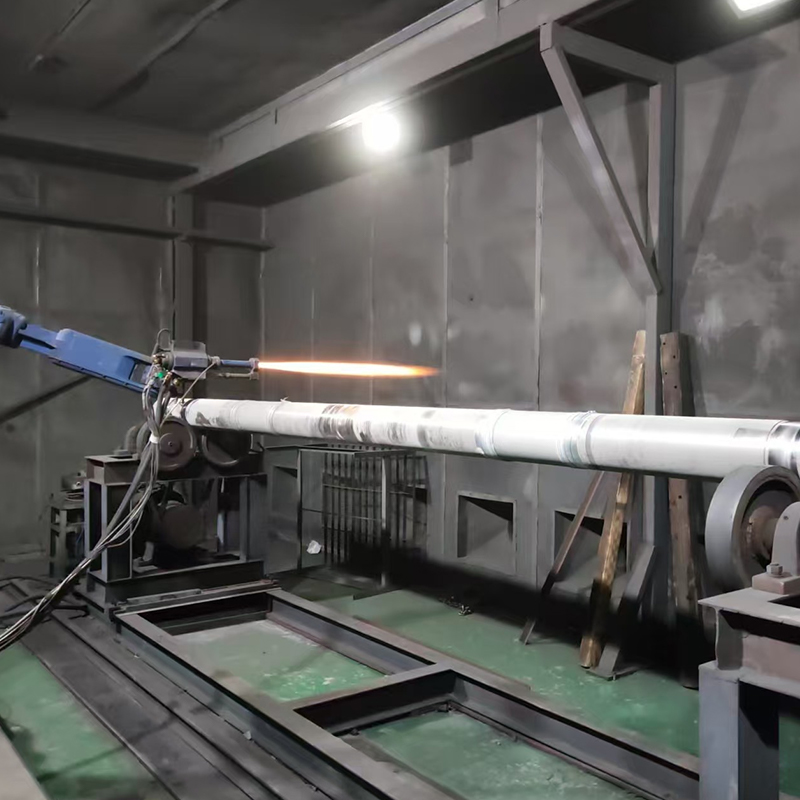
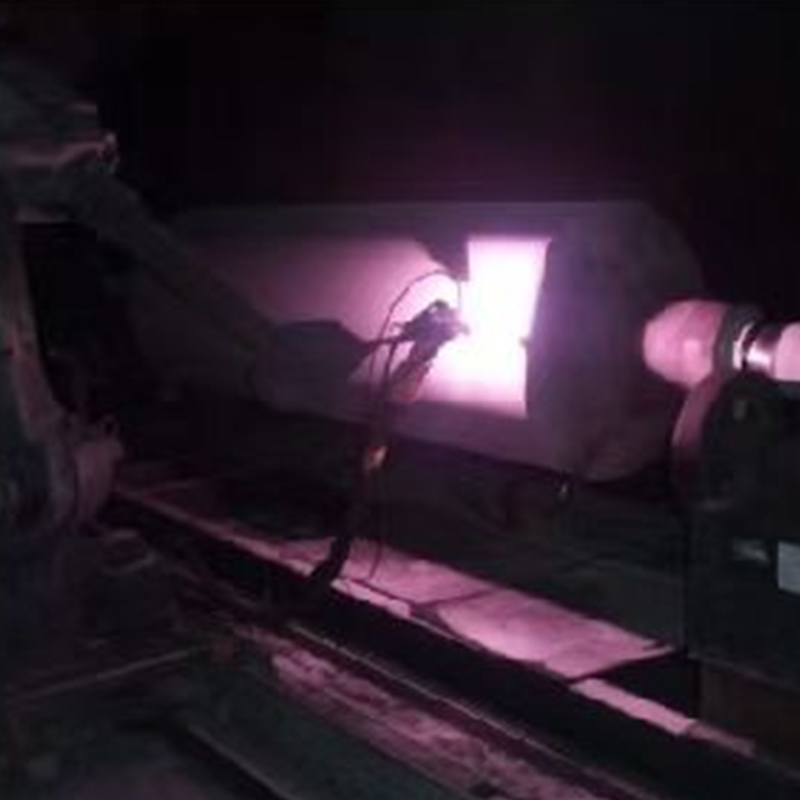
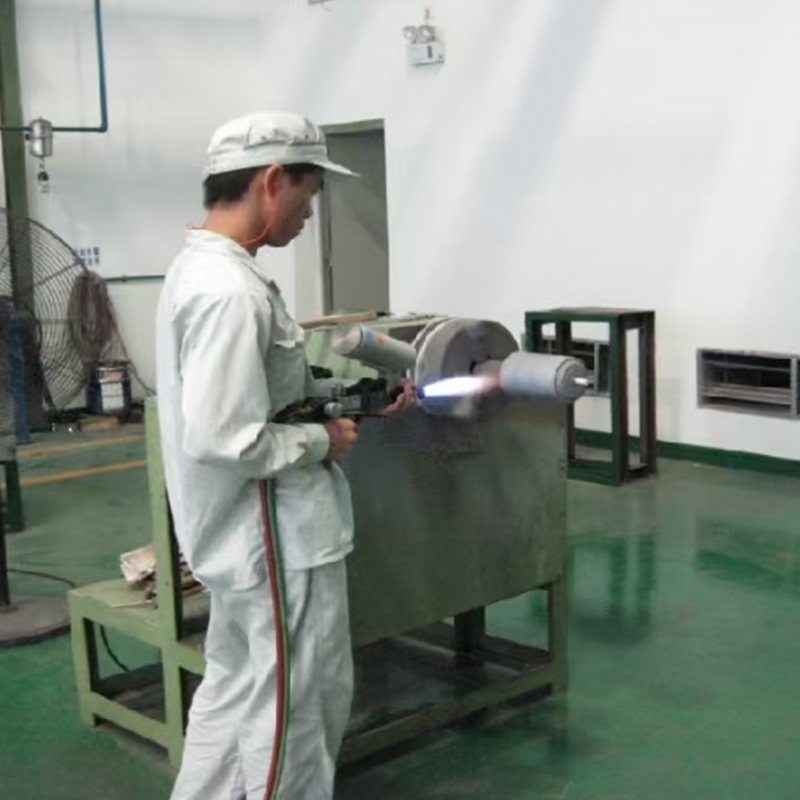

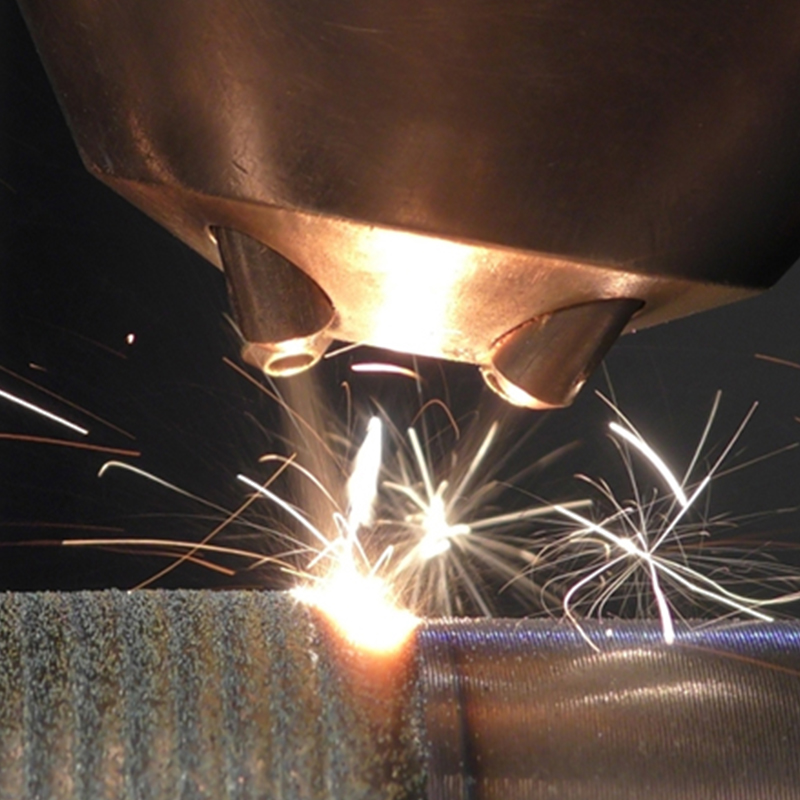
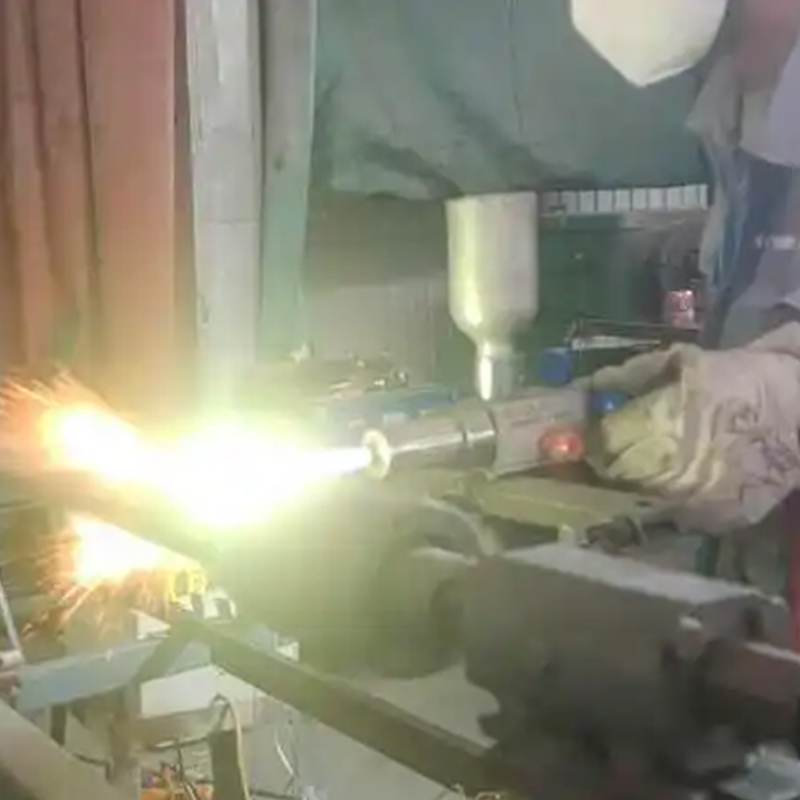
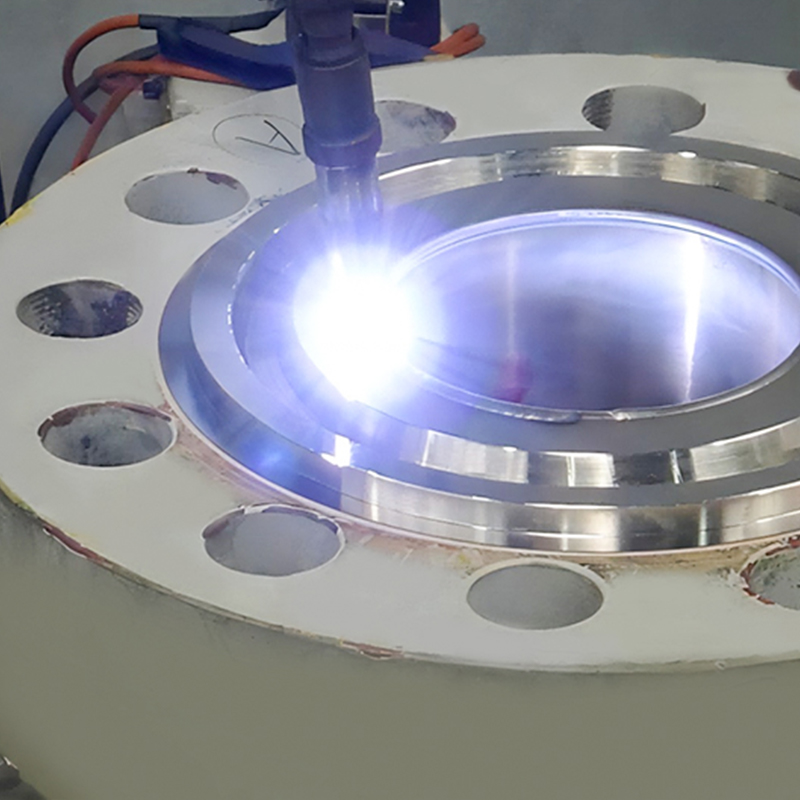
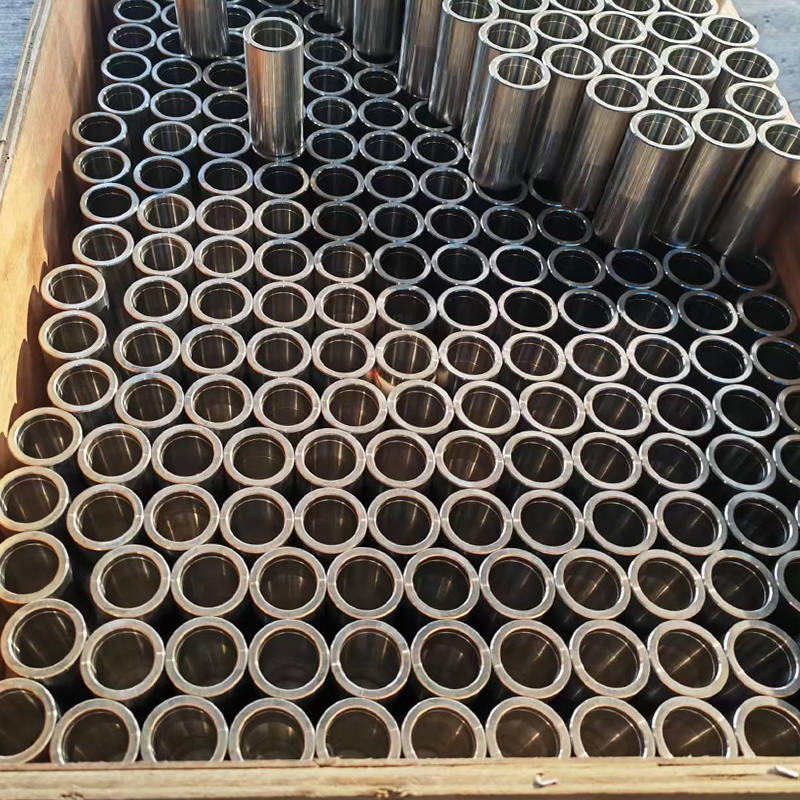
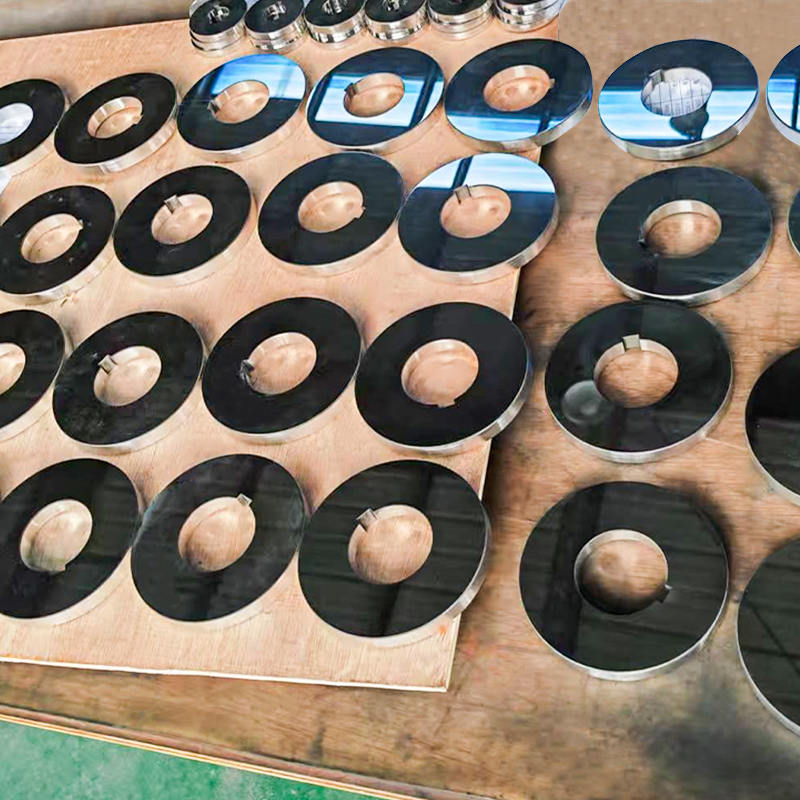
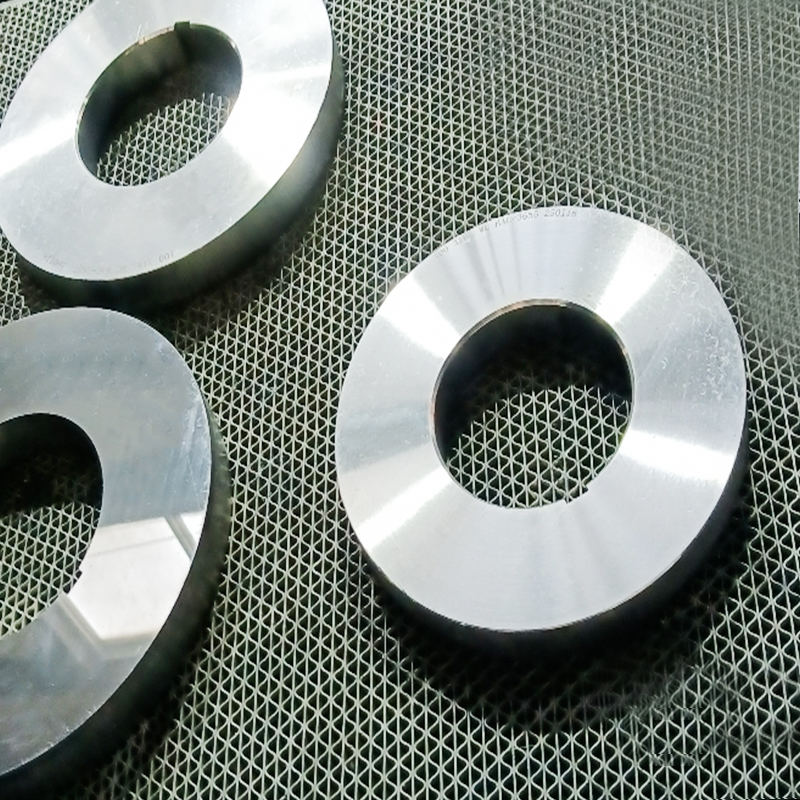
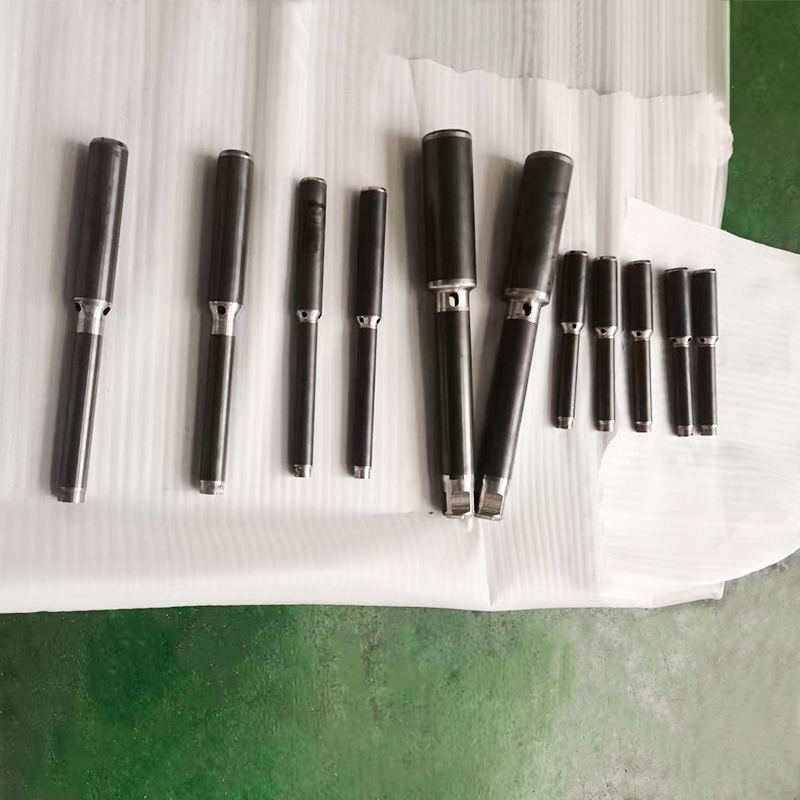
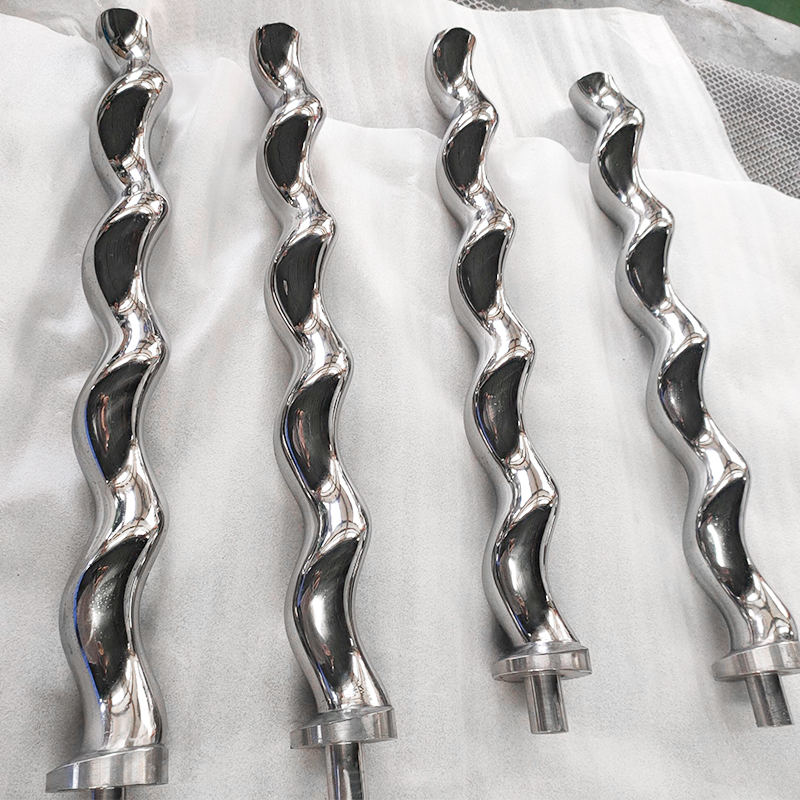

 TOP
TOP